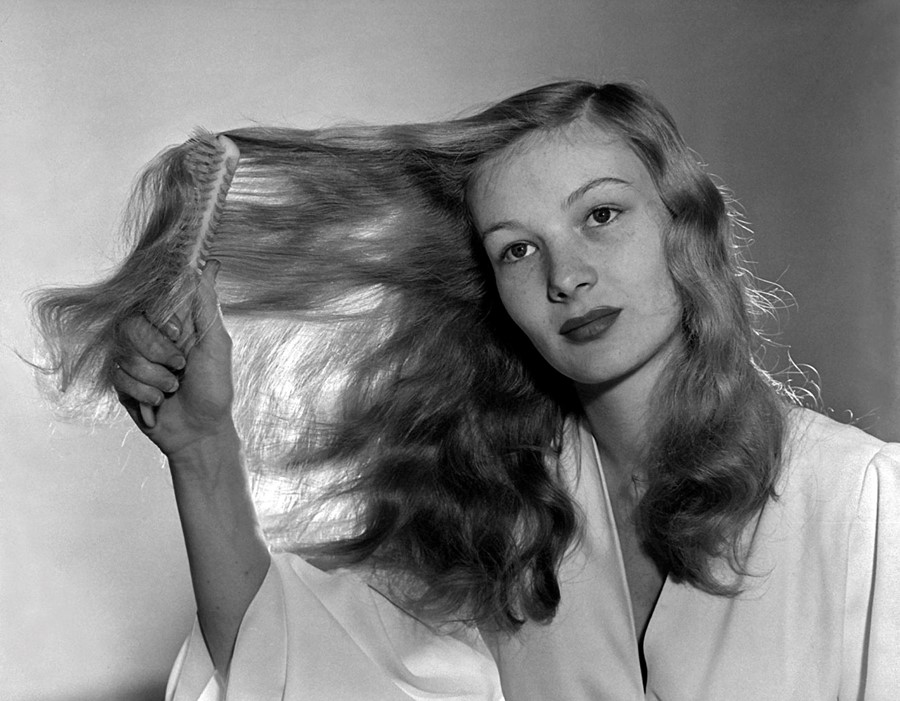Table Of Content

Women may lose hair following childbirth or while in menopause. It’s best to see a healthcare professional for any unexplained hair loss so they can determine the underlying cause and best course of treatment. It’s important to keep in mind that hair growth is a complex process and multiple tests may be needed to understand what is causing your hair loss. A biopsy may also be taken if it is initially very unclear what the root causes may be. If your hair loss results from medication, hormonal imbalances, thyroid disease or diet, your provider will address the cause.
Holland & Barrett Holland & Barrett Timed Release Vitamin B12 100 Tablets 1000ug
As part of your hair’s growth cycle, new strands grow and take the place of the ones you shed. Certain health conditions may also cause other symptoms, such as a rash, redness, pain, peeling of the scalp, hair breakage, patch hair loss, or an unusual pattern of hair loss. It’s important to talk to your doctor if you experience any of these symptoms, as they may be a sign of a more serious condition. Hair growth naturally slows with age, so you may notice thinning.
When to see a doctor about teenage hair loss

The most common cause of female hair loss worldwide is female pattern baldness, which is also called androgenetic alopecia . This type of hair loss has a strong genetic component and can be inherited from either your mother or father. According to the American Academy of Dermatology, it’s completely normal to shed anywhere between 50 to 100 strands of hair per day. However, if you’ve noticed more strands falling out of your head than normal, you may be experiencing alopecia, the medical term for hair loss. Common diagnoses include androgenetic alopecia, alopecia areata, telogen effluvium, and lymphocytic scarring alopecia, Agbai tells USA TODAY. Hormonal imbalances related to polycystic ovary syndrome (PCOS) and birth control can lead to hair loss.
Chief Medical Editor, Harvard Health Publishing
You may get bald patches on your head or other body parts. And since your follicles still work, your hair might grow back when the condition isn’t active. According to the American Academy of Dermatologists, it’s normal to lose anywhere from 50 to 100 strands of hair per day. For people with longer hair strands, losing them may be more noticeable.
TE is typically reversible and often resolves 6–8 months after your body readjusts or the trigger is gone. You can sometimes identify TE by looking at the strand. There are multiple reasons (including physical and psychological) that can cause you to shed more hair than usual. For many people, their hair is an important part of who they are.
What Is Seasonal Hair Loss—How to Treat and Prevent It - Real Simple
What Is Seasonal Hair Loss—How to Treat and Prevent It.
Posted: Fri, 07 Apr 2023 07:00:00 GMT [source]
For example, if you’re experiencing hair loss caused by an imbalance of thyroid hormones, correcting the hormonal imbalance may improve hair growth. Androgenetic alopecia is a common form of hair loss in both men and women. In men, this condition is also known as male pattern baldness. Hair is lost in a well-defined pattern, beginning above the temples.

The FDA has approved a few laser treatment devices to treat hair loss at home. But we need more studies into their safety and effectiveness for long-term use. While male hair loss tends to affect the forehead or the crown of the head, female hair loss often leads to thinning on the top third to half of the scalp.
Hair Shedding vs. Hair Loss
However, some individuals will experience further hair loss. This is a procedure in which your doctor removes hair from a part of your scalp where hair growth is full and implants it into an area where hair is thinning. When you see a doctor to see what's causing your hair loss, they’ll probably start with a physical exam and ask about your diet, family history, and medical history. They may ask whether any of your relatives have hair loss. Hair loss can happen a couple of weeks to 6 months after any stressful experience. But some factors may make a woman more likely to experience hair loss.
Understanding Hair Loss Signs & Symptoms
Once your hair follicle has been stretched or split as a result of a cosmetic hair treatment, the structure of the hair follicle is compromised. Hair styling without damageMaking some simple changes to your hair care can help prevent hair breakage that can eventually cause hair loss. If you’ve been noticing more hairs on your pillow or hairbrush than normal, you may worry that you have hair loss. You could actually just be shedding more hairs than normal. In a non-randomized study involving 14 women over a four-week period, participants were instructed to brush their hair with varying frequencies each week.
These hair changes can make it hard to maintain how you want to look, especially if you're transgender or nonbinary (which means you don't identify as fully male or female). You may want to shift where hair grows (or doesn't) to reflect your affirmed gender. Pregnancy, and especially giving birth, can lead to hair loss. You're most likely to see hair loss about 3 months after giving birth.
Reasons for hair loss include male or female pattern baldness, certain medications, and harsh chemical hair products. Depending on the cause, hair loss may or may not be temporary. But if you’re worried about clumps of hair in your hairbrush or in the shower drain, talk to your doctor. Factors like stress, medication, and underlying medical conditions can all aggravate hair loss. If you experience female pattern hair loss, it’s a good idea to mention it to your doctor, who can refer you to a dermatologist. Dermatologists are specifically trained in the diagnosis and treatment of hair, skin and nail conditions, including hair loss.
Telogen effluvium is a condition in which the hair remains in the telogen phase of the cycle. This causes more hair than usual to fall out, sometimes in handfuls. It is natural for a certain amount of hair to shed every day.

No comments:
Post a Comment